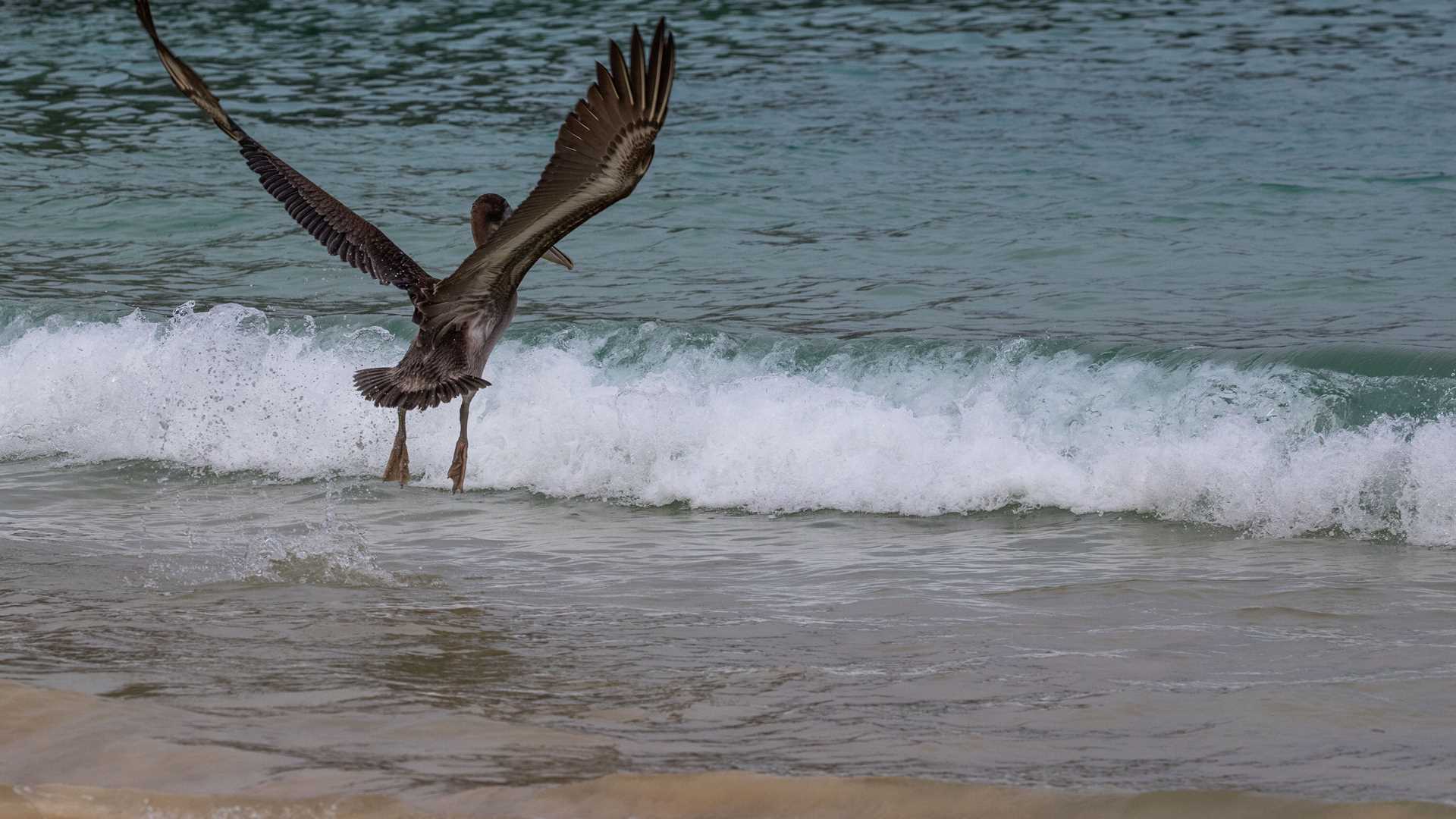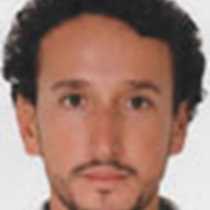On our expedition aboard National Geographic Islander II, we visited Floreana Island this morning. Our first stop was Post Office Bay. We kayaked along the canals of the bay and enjoyed amazing encounters with sea lions and marine iguanas. Then we went to drop off and pick up letters at the post office the barrel. After breakfast, we snorkeled in Champion Islet.
In the afternoon, we changed locations to Punta Cormorant, where we walked along a green sand beach. The sand gets its color from an abundance of olivine. We finished the day with an amazing sunset.







